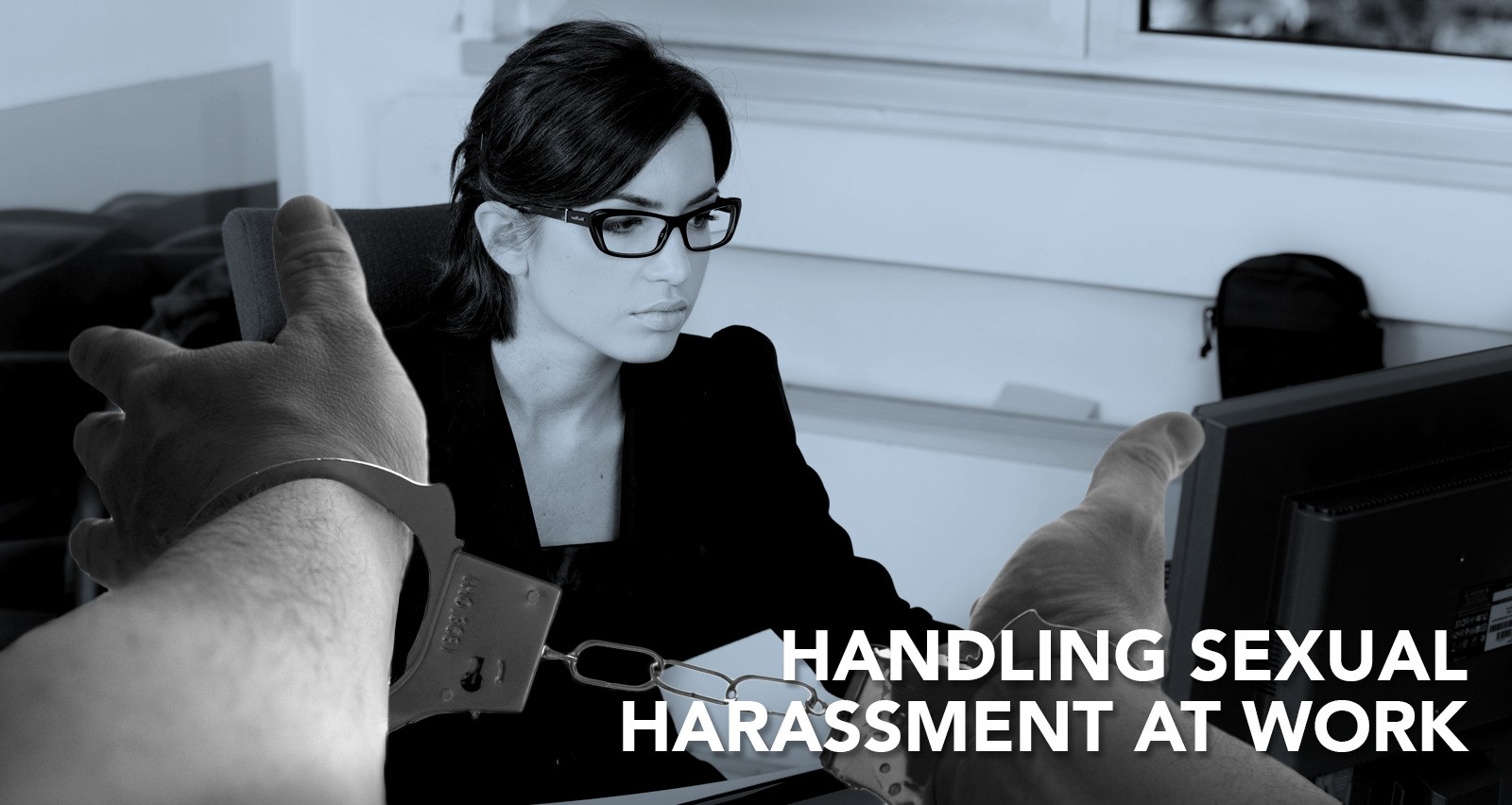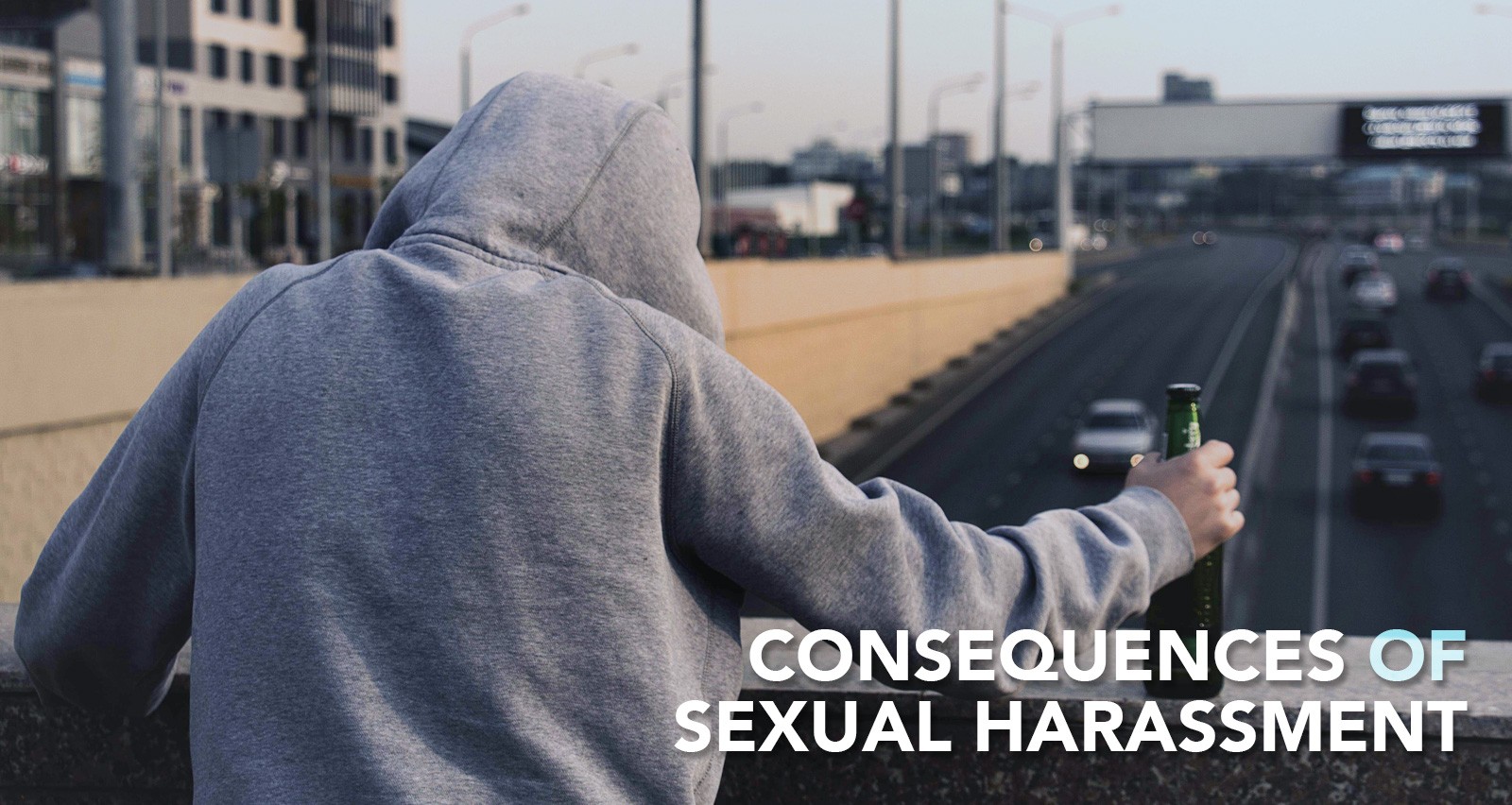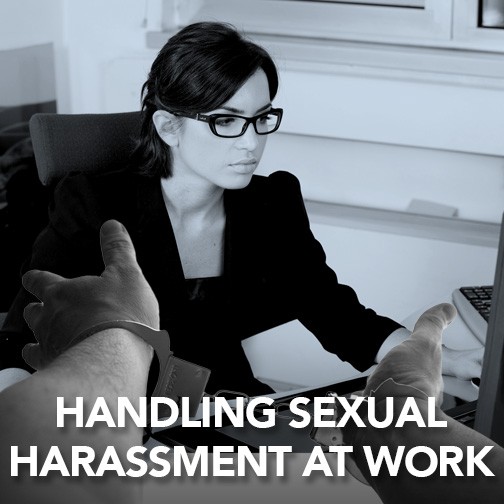
Understanding Sexual Harassment in the Workplace
Sexual harassment in the workplace is a complicated topic to discuss because so many people share different points of view on what it is. Hopefully, this article will clarify what constitutes sexual harassment, help you understand your rights and what you can do if you’re experiencing it, or know someone that is.
Firstly, let’s cover the technical and accepted definition of what sexual harassment is, wherever it may be taking place. It’s defined by the Australian Human Rights Commission as, unwelcome sexual behaviour – physical, verbal or written – which could be expected to make a person feel intimidated, humiliated or offended.
In the context of sexual harassment only and according to the Sex Discrimination Act 1984, a “workplace” is;
- Where the harasser works
- Where the person being harassed works or
- Where they both work.
However, it’s also important to note that “the workplace” doesn’t just include the physical work location/office, but can also include:
- Meetings, functions and other interactions held outside the workplace and outside of working hours, and;
- Cyberspace – internet platforms such as forums and social media sites, apps or programs.

Is It Workplace Sexual Harassment?
Sexual harassment may range in seriousness; be a number of incidents or a single act; be conducted by a group of people or an individual and/or; be verbal, nonverbal, subtle or openly hostile.
Sexual harassment does not necessarily need to be directed at a person to be considered sexual harassment. A sexually hostile working environment, where overly crude or offensive jokes are accepted as part of the culture, in itself, is a form of sexual harassment. Even if the jokes or taunts aren’t directed at a person working there, that person still has the right to complain.
It is generally accepted that sexual harassment is comprised of three components, the act of which can be deliberate, offensive, unwanted or a combination of all three.
Deliberate – Where the offender consciously behaves in a sexually harassing manner towards the victim.
Offensive – Where the victim is offended by the offender’s actions.
Unwanted – Where the actions of the offender are unwelcome to the co-worker whether or not the perpetrator intended to sexually harass, or the co-worker was not actually offended.
Let’s take a look at a few example of situations which constitute workplace sexual harassment, and a few legitimate sentiments and behaviours:
Situations that constitute workplace sexual harassment:
- Any behaviour considered to be an offence under criminal law, such as physical assault, indecent exposure, sexual assault, stalking or obscene communications
- Requests for sex
- Coercive behaviour that is intended to be sexual in nature
- Sexually suggestive behaviour – E.g. staring, ogling or uninvited touching
- Repeated unwelcome requests to go out on dates
- Sexually suggestive remarks or jokes
- Sending sexually explicit emails or text messages
- Intrusive questions about a person’s private life
- Displaying posters, screen savers or other media of a sexual nature
- Inappropriate advances through social networking sites
- Accessing sexually explicit internet sites
Situations that do not constitute workplace sexual harassment:
- Sincere compliments
- Mutually acceptable behaviours
- Participating in dispute resolution processes
- Managing work-related interpersonal conflicts which may be more appropriately addressed through the company’s Dispute and Grievance Resolution Policy
- Investigating bona fide complaints.

Facts and Figures Regarding Workplace Sexual Harassment
A survey conducted by the Australian Human Rights Commission, revealed a few interesting findings about how people perceive and handle workplace sexual harassment. The act itself occurs through a variety of different mediums and consists of a wide range or behaviours.
The most common types of sexually harassing behaviours reported were:
- Sexually suggestive comments or offensive jokes – 55%
- Invasive questions – 50%
- Inappropriate staring or ogling – 31%
Most workplace sexual harassment was perpetrated by men against women:
- 79% of harassers were men.
- 90% of women reported that their harasser was male.
Men were more likely than women to offend and were more likely to be targets of same-sex sexual harassment:
- 29% of sexual harassment was perpetrated by a person who is the same sex as the target.
- The majority of same-sex perpetrators of sexual harassment were men, with men comprising four in five (79%) perpetrators and women comprising only one in five (21%) perpetrators.
- Being harassed by someone of the same sex is much more common for men (61%) than for women (10%).

What are the consequences of workplace sexual harassment?
Consequences for victims
Sexual harassment has been shown to present multiple effects on its victims, both physically and emotionally. These effects include, but are not limited to:
- Anxiety, stress and depression
Fear of coming to work
Fear of the offender
Relationship struggles and breakdowns
Insomnia
Inability eat and a lack of energy
Inability to work or function on a day-to-day basis
Developing suicidal tendencies
Consequences for employers
Employers cannot simply claim that they didn’t know what was happening – it is their responsibility to ensure that the working environment is safe and healthy for all who work there. As such, if sexual harassment occurs in the workplace, employers can be liable for a breach of their duty of care. Depending on the case in question, this can result employer being liable for compensation if the victim suffers damages. It is within an employee’s right to claim damages from an employer with regards to sexual harassment in the workplace.
Consequences for Offenders
You may become the subject of a formal investigation into your behaviour, either by the Australian Human Rights Commission, a representative thereof, your employer or another third party. If your behaviour is considered to be sexual harassment or you have breached the company’s code of conduct, you may be terminated. Further action can be taken if any complaints were submitted to and successfully proceed by the Australian Human Rights Commission.
Duty of Care
Every person in a workplace, irrespective of their role or position, has a duty of care to ensure that every reasonable action is taken to ensure the safety of all others in the workplace and ensure nothing in the workplace could injure an employee or lead them to contract an illness. This includes workplace sexual harassment.
Sexual harassment in the workplace can lead victims to the develop psychological injuries such as anxiety, stress, depression, PTSD and even suicide.

What to do if you’re experiencing sexual harassment at work:
Workplace sexual harassment is deceptively common throughout Victoria and the rest of Australia, so it’s important to know what you should be doing, if it’s happening to you.
- Inform the harasser directly that their behaviour is unwelcome;
- Make note of the interactions with times, dates, locations, actions and any words used; Speak to a colleague for support – visibly if possible;
- Inform your manager/employer and/or make formal complaint; or
- Contact the Australian Human Rights Commission or local state and Federal anti-discrimination agencies to make a complaint or request more information.
If you’ve tried all of the above, but require hard evidence of the harassment taking place, speak to us today on 1300 856 011 – we can provide you with the assistance you need quickly and discreetly.
If you’re an employer looking for a long-term solution to eliminating workplace sexual harassment and associated behaviour, Precise Investigation can help. Speak to one of our dedicated team members today for more information.
Thank you for reading.
Precise Investigation






















